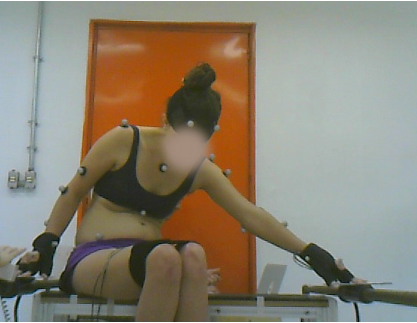Section: New Results
Pivot transfer assistance in SCI subjects
Participants : Lucas Fonseca [Univ. Brasilia] , Antonio Padilha Lanari Bo [Univ. Brasilia] , Ana Claudia Lopes [SARA hosp] , Christine Azevedo Coste, Emerson Fachin Martins [Univ. Brasilia] , Claudia Ochoa-Diaz [Univ. Brasilia] .
Spinal cord injured (SCI) patients that have no lower limb motor function perform several transfers during a day. Those transfers are from and to a wheelchair, a car, a hygienic chair, among other situations. These repetitive motions can cause overload on their upper limbs over time. Functional Electrical Stimulation may be used to induce contraction on knee extensors, providing additional support at the joint level during transfer [33]. However, the design of the interface with which to control the onset of stimulation is challenging. The use of some automated system is beneficial, particularly since the user is using both hands to perform the transfer. Therefore, the precise moment of activation is important because, if erroneous, it can cause the user’s loss of balance. In the context of CACAO associate team with Brasilia University, a system with which the users themselves were activating the stimulation with triggers in gloves was used to collect kinematic data from SCI patients during Sitting Pivot Transfers (16). The results show that the trunk angle can be used along a threshold for a reliable assistance device [28].


